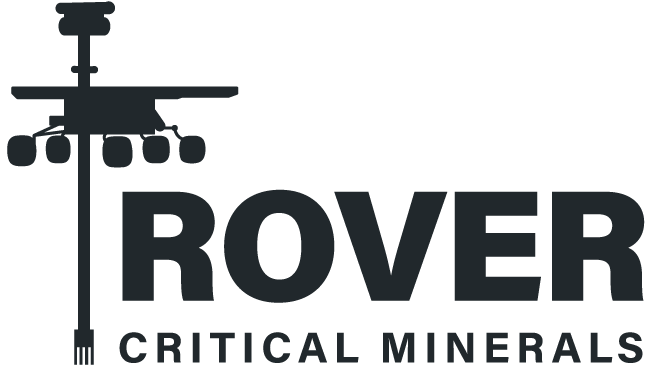
Cabin Gold Group of Projects
Cabin GoldSlemon GoldCamp Gold
Camp Gold Project
Territorial Map of Mining Companies
Camp Gold is located on the East side of Snare River approximately 131 kilometers northwest of Yellowknife. The area was first staked in 1938. Historic work was completed by American Yellowknife Gold Mines in 1945, which included a 20-hole (614 meter) drill program. Snare River Mines was formed to develop the property. In 1954, Tarbell Mines purchased the assets, which included the Camp Gold claims. Subsequently, Anglo United Development Corporation, in 1965, drilled a total of 44 holes totaling 4,370 meters.
In 1995 Hawkeye Gold International carried out geological mapping and geophysical surveys were carried out (AR 083831). During 1997, a 179 line-km airborne magnetic and EM survey, geological mapping, and prospecting were completed.
The deposit lies on the southwest margin of the Slave Geological Province, also located within a few kilometers of the boundary between the Bear and Slave geological provinces. A series of tightly folded and faulted sediments dominate the Slave province. Plutons, ranging in composition from gabbro to granite (along with dykes of mafic to felsic composition) intrude these sediments. Volcanic rocks, again of mafic to felsic composition, are common throughout the area.
The Camp Gold deposit is divided into two areas. The northern area is made up of three distinct zones, while the southern area is one zone. The major rock types in the deposit area are metasediments, mainly coarse grained to argillitic greywackes, with minor intrusive plugs, and dykes. Foliation is reported to be roughly parallel to bedding in a northwesterly direction and dipping 60 to 70 degrees east. Small faults run northeasterly, and dip approximately 50 degrees, with small horizontal displacements. Shear zones, when present, are roughly parallel to bedding. Quartz veining is significant in the shear zones, however they are generally narrow, with limited strike extension.
Mineralization is in general restricted to the quartz veins in shears, and consists of pyrite, arsenopyrite, galena, and minor sphalerite. Silicification with minor carbonatization, and sericitization are the predominant forms of alteration within the shears and in proximity to them.
Exploration – Summer 2021
As part of Rover’s summer 2021 Phase 2 Exploration program at its Cabin Gold project, the Company also flew a regional airborne high-resolution magnetic/VLF survey and airborne LiDAR imaging study. One of the goals of the surveys was to identify any iron formations in the Camp Gold area. The results of the summer 2021 survey are still pending. Rover intends to follow-up the survey results with a drone-assisted magnetic survey which will be flown closer to surface and with tighter line spacing. Rover also intends to follow-up with ground IP work.
Technical information for Camp Gold has been approved by Raul Sanabria, P.Geo., Technical Advisor and shareholder of Rover Metals Corp. and the Qualified Person for the purposes of National Instrument 43-101.

